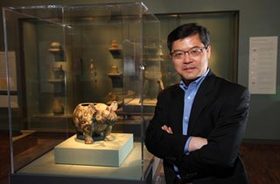The American section of the International Association of Art Critics, of which I am a member, is just out with its annual exhibition awards, and here are some of the winners. (Entire list, covering exhibitions from June ’09 through June ’10) is here, including the runners-up in each category.)
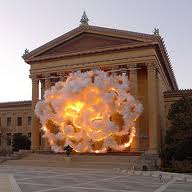 Best Project in a Public Space:
Best Project in a Public Space:
“Cai Guo-Qiang: Fallen Blossoms” (left) — Organized by the Fabric Workshop and Museum and Philadelphia Museum of Art, Philadelphia, PA; Curated by Marion Boulton Stroud, Carlos Basualdo, and Adelina Vlas
Best Show in a Non–profit Gallery or Space:
“Leon Golub: Live & Die like a Lion?” — Organized by The Drawing Center, New York, NY; Curated by Brett Littman
Best Show in a University Gallery:
“Heat Waves in a Swamp: The Paintings of Charles Burchfield” — Organized by the Hammer Museum of Art, UCLA, Los Angeles, CA; Curated by Robert Gober
Best Monographic Museum Show, Nationally:
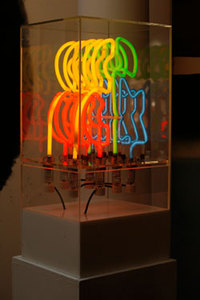 “Matisse: Radical Invention, 1913-1917” — Organized by the Art Institute of Chicago, Chicago, IL and the Museum of Modern Art, New York, NY; Curated by Stephanie D’Alessandro and John Elderfield
“Matisse: Radical Invention, 1913-1917” — Organized by the Art Institute of Chicago, Chicago, IL and the Museum of Modern Art, New York, NY; Curated by Stephanie D’Alessandro and John Elderfield
Best Thematic Show, Nationally:
“Seductive Subversion: Women Pop Artists, 1958-1968” (Chryssa’s Ampersand IV at right) — Organized by Rosenwald-Wolf, Hamilton Hall & Borowsky Galleries, University of the Arts, Philadelphia, PA; Curated by Sid Sachs
Best Historical Museum Show, Nationally:
“Yves Klein: With the Void, Full Powers” — Organized by the Hirshhorn Museum and Sculpture Garden, Washington D.C. and the Walker Art Center, Minneapolis, MN; Curated by Kerry Brougher and Philippe Vergne
Other categories include museum and gallery shows in New York, best shows in architecture/design, best shows in media/film, and so on.
(I voted in some categories, but not in those in which I had seen too few of the entries.)
The awards ceremony take place at the Cooper Union for the Advancement of Science and Art on March 14 2011 at 6 p.m. — it’s open to the public.
Photo Credits: Courtesy of the University of the Arts (bottom)

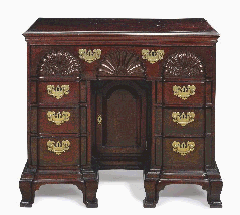 So it was last week, when an 18th Century American mahogany bureau table sold at Christie’s for $5.7 million — against a presale estimate of $700,000 to $900,000.
So it was last week, when an 18th Century American mahogany bureau table sold at Christie’s for $5.7 million — against a presale estimate of $700,000 to $900,000. 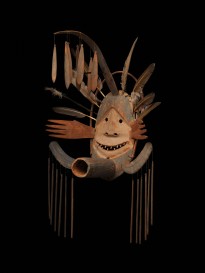 Ellis was asking more than $2 million for the both Donati Studio Mask and another mask dubbed the Donati Fifth Avenue mask.
Ellis was asking more than $2 million for the both Donati Studio Mask and another mask dubbed the Donati Fifth Avenue mask. 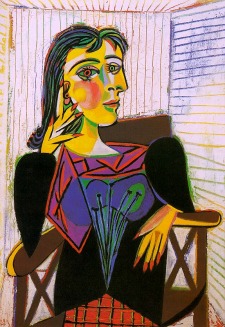 You’ll recall that the museum has been on
You’ll recall that the museum has been on 